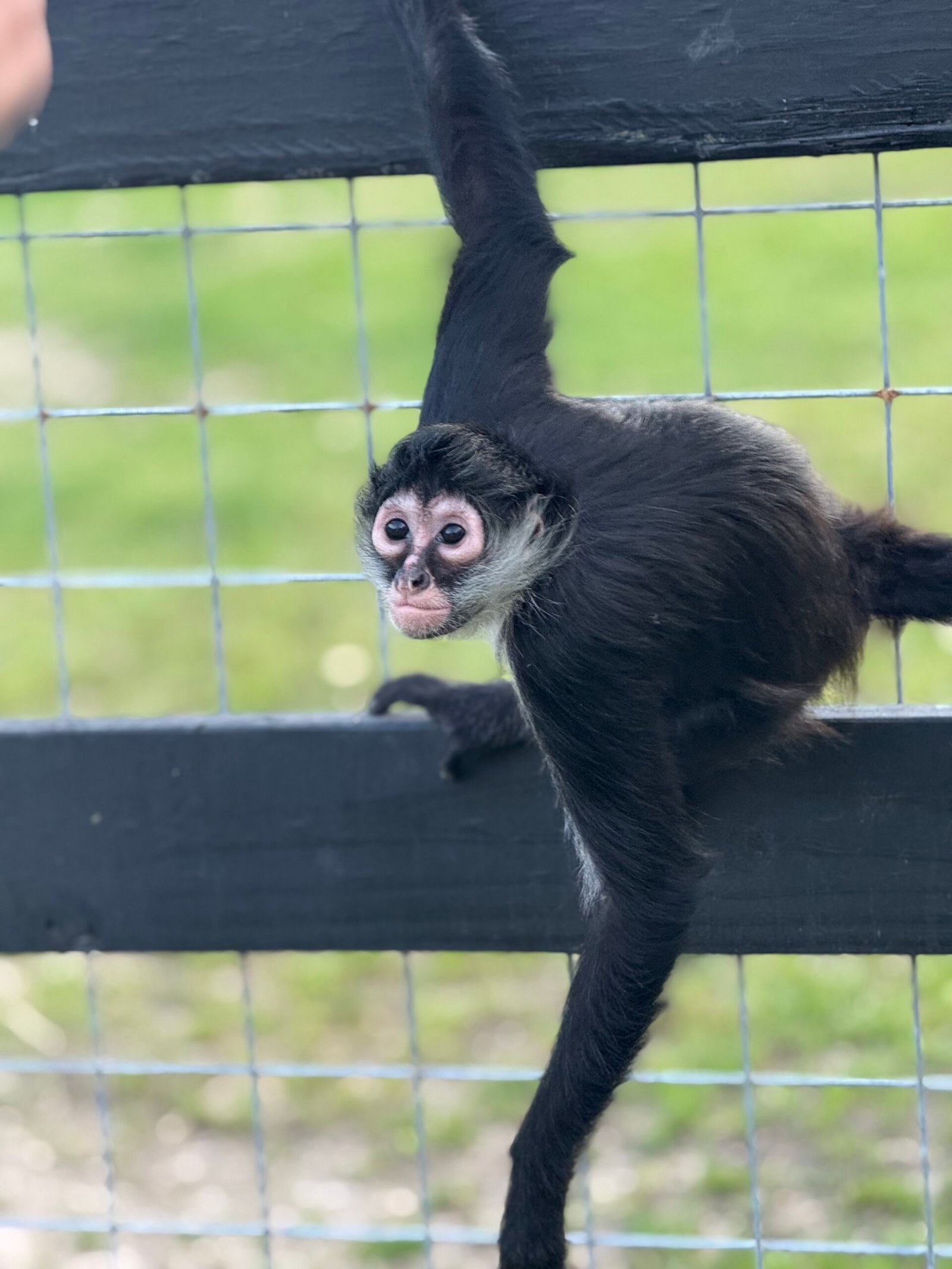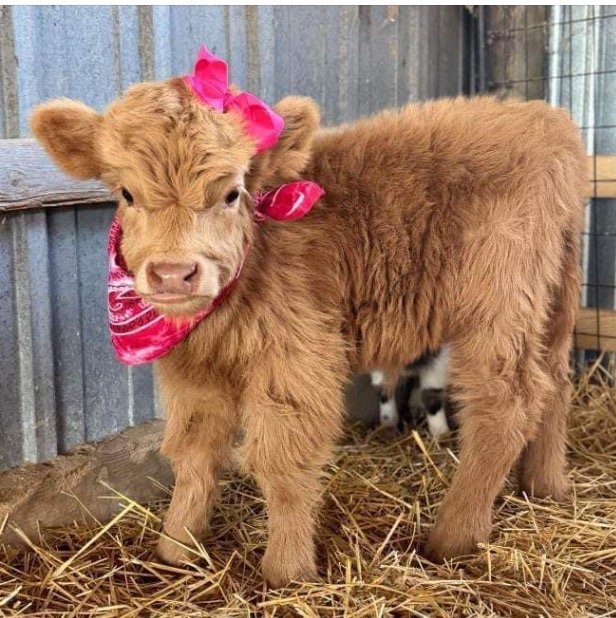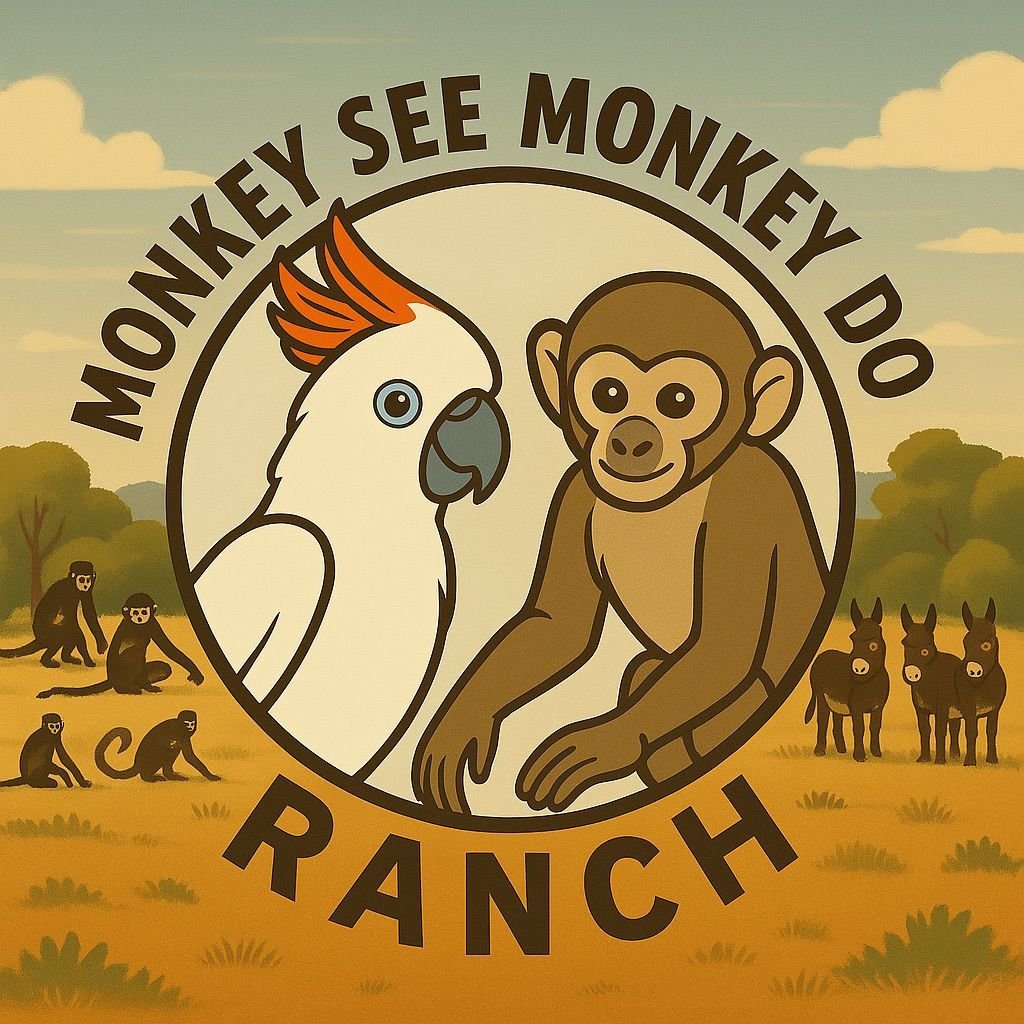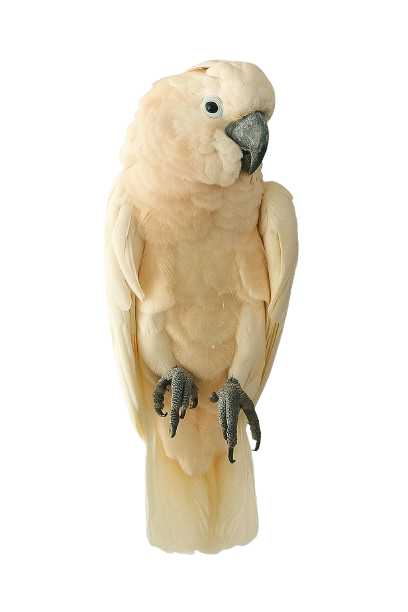FAQ
Most Popular Questions
Preston is a Cockatoo.
Cockatoos are a distinctive group of parrots known for their striking crests, curved beaks, and loud, expressive personalities. Native primarily to Australia, Indonesia, and nearby islands, these birds thrive in a variety of habitats, from forests and woodlands to arid shrublands. One of the most recognizable cockatoos is the Sulphur-crested Cockatoo, with its bright white feathers and vivid yellow crest. Cockatoos are part of the family Cacatuidae and are closely related to other parrots but are unique in several behavioral and physical traits.
These birds are highly intelligent and social, forming strong bonds with their flock—or in captivity, with their human companions. Cockatoos are known for their problem-solving skills, mimicry, and emotional depth, often demanding a lot of attention and interaction. In the wild, they communicate using a variety of calls and body language, which help them maintain their complex social structures. Their intelligence also makes them skilled at finding food and using tools, although it can lead to mischievous behavior in domestic settings if they become bored or understimulated.
Despite their charm, cockatoos face challenges in the wild. Habitat loss, illegal pet trade, and environmental changes have threatened some species, leading to conservation efforts in various regions. In Australia, large flocks of cockatoos are sometimes seen as pests due to their impact on crops, but they are also deeply loved for their personality and beauty. Whether in the wild or as pets, cockatoos require care, understanding, and space to thrive—making them both a joy and a responsibility for anyone who chooses to interact with them.
Life on a ranch with lots of animals is busy, rewarding, and often unpredictable. The day usually starts early—sometimes before sunrise—with feeding routines for animals like horses, cows, goats, chickens, and more. Each species has its own needs, from specific diets to grooming and exercise. Chores might include mucking out stalls, checking water supplies, fixing fences, and ensuring all the animals are healthy and accounted for. There’s rarely such a thing as a day off, because animals rely on their caretakers rain or shine.
The connection between people and animals on a ranch runs deep. Many ranchers develop strong bonds with their livestock and pets, understanding their moods and personalities over time. It’s not unusual to see a rancher talking to a horse like an old friend or gently helping a newborn lamb stand for the first time. Animals bring a sense of rhythm to ranch life, teaching patience, responsibility, and empathy. There’s a constant sense of movement—grazing, herding, feeding, and working with the seasons to manage breeding, births, and even the occasional loss.
Despite the hard work, ranch life offers a peaceful kind of fulfillment. There’s something grounding about living so closely with nature, surrounded by open land and the sounds of animals going about their day. At night, the stars stretch endlessly across the sky, and the quiet is filled with the soft noises of a settling ranch. For many, the joy of caring for animals, working the land, and living a life with purpose makes every early morning and muddy boot worth it.
Squirrel monkeys are small, energetic primates native to the tropical forests of Central and South America. Recognized for their bright yellow limbs, white facial masks, and expressive eyes, these monkeys are among the most agile and curious members of the monkey family. They get their name from their quick, squirrel-like movements through the treetops, where they spend nearly all their time. Living in large social groups that can include dozens of individuals, squirrel monkeys are highly social animals that communicate using a wide range of vocalizations and body language.
These monkeys are omnivores, feeding on fruits, insects, flowers, and small vertebrates. Their diet and tree-dwelling lifestyle make them important for forest health, as they help with seed dispersal and insect control. Squirrel monkeys are known for their intelligence and problem-solving abilities. In fact, they’ve been used in various scientific studies due to their sharp minds and adaptable nature. Despite their tiny size—usually around 10–14 inches in body length—they have big personalities and complex social dynamics within their troops.
Squirrel monkeys face threats in the wild, primarily from habitat destruction and the illegal pet trade. Although they are not all endangered, deforestation continues to shrink their natural environment. In captivity, their high intelligence and energy mean they require constant stimulation and enrichment, which makes caring for them a serious responsibility. Whether swinging through the jungle or exploring a carefully designed enclosure, squirrel monkeys are fascinating creatures that captivate anyone lucky enough to watch them in action.
Mini cows, also known as miniature cattle, are a smaller version of standard cow breeds and have become increasingly popular among hobby farmers and homesteaders. Standing around 36 to 48 inches tall at the shoulder, these pint-sized bovines are bred from traditional cattle like Herefords, Jerseys, or Dexters. Despite their small stature, mini cows are hardy, friendly, and often easier to handle than their full-sized counterparts, making them ideal for people with limited space or those new to raising livestock.
One of the biggest draws of mini cows is their manageability and lower upkeep. They require less pasture space, consume less feed, and are gentler on fencing and infrastructure. Many breeds produce a surprising amount of milk for their size, with some miniature Jerseys providing enough for a small family. Others are kept primarily for their companionship or for grass-fed beef, depending on the breed and the owner's goals. Their calm nature and unique appearance also make them a favorite at petting zoos and family farms.
Raising mini cows can be both fun and rewarding, but it still requires commitment and proper care. They need adequate shelter, regular veterinary checkups, and a balanced diet just like any other livestock. Social animals by nature, mini cows enjoy the company of other cows or farm animals and thrive best when they have companionship. With their sweet personalities, smaller size, and practical benefits, mini cows offer a charming blend of farm utility and lovable pet, bringing a lot of heart to small-scale farms.



